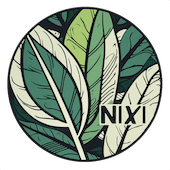Visit the Kaxinawá Village – Acre – Brazil
Among the transformative trips we offer, visits to the Amazon region are the most recommended for those who truly seek a revolution in their lives, with possibilities as vast as the forest itself. There’s the opportunity to delve deeper into the indigenous natural lifestyle, in addition to researching their diet, habits, art, culture, and music. Accommodations are within the tribe in traditional communal houses; meals are prepared by the tribe’s elder women, and a warm, meaningful welcome is given by the shamans and residents of the Pinuya tribe, long-time partners who offer unforgettable experiences and tours inside the largest forest of our continent.
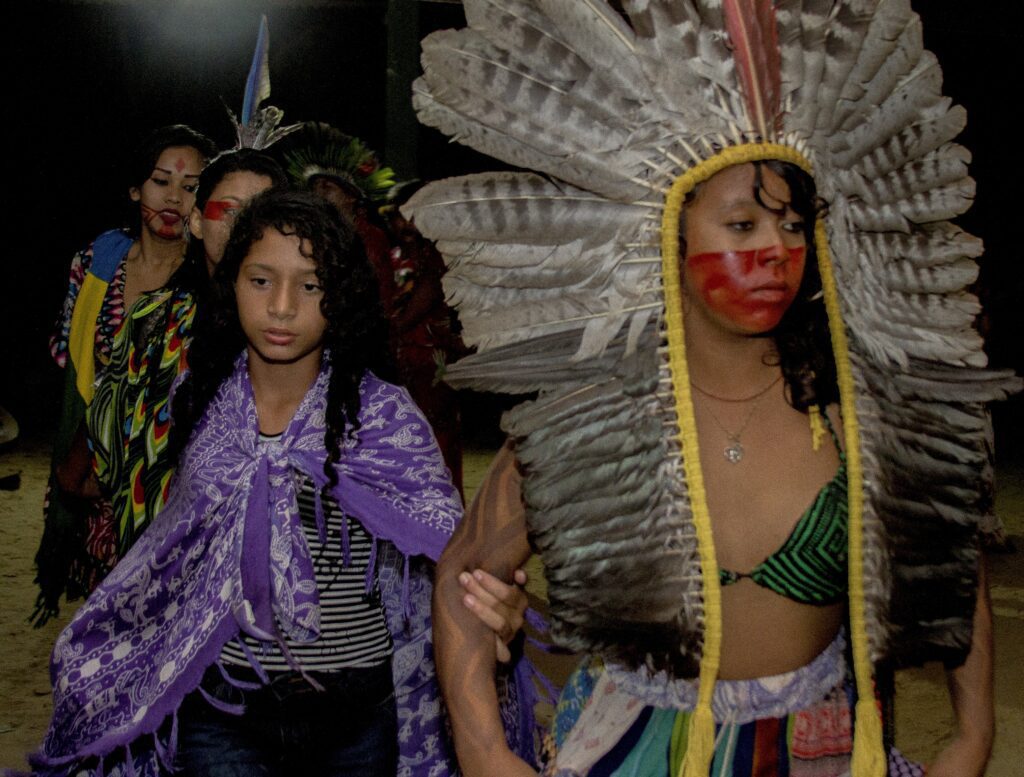

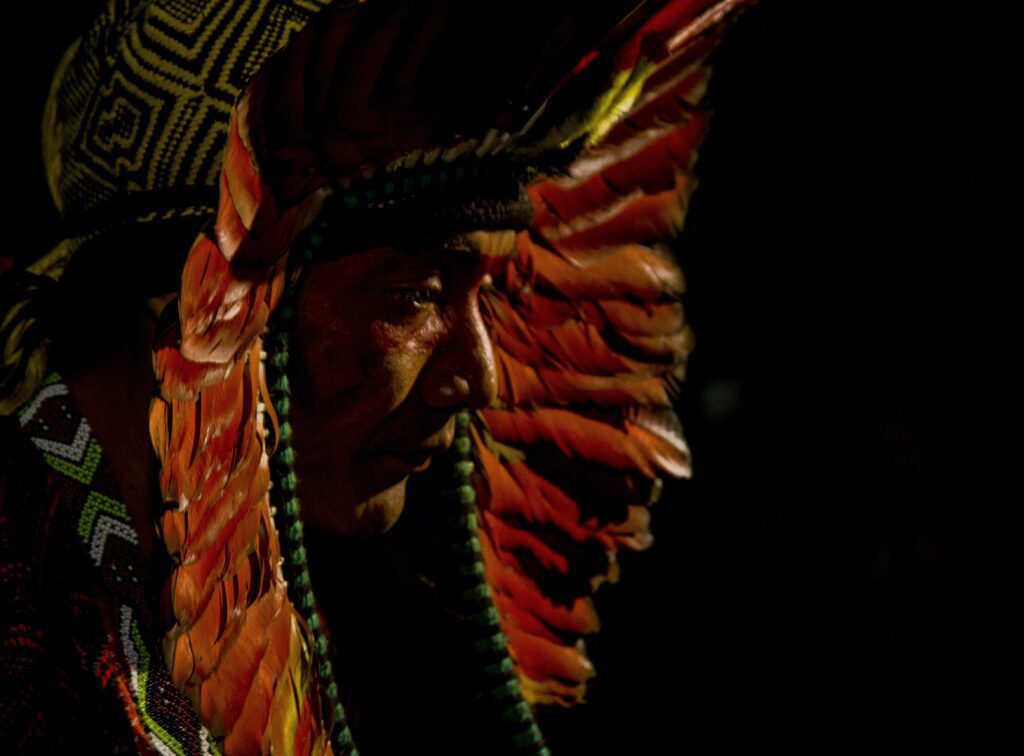

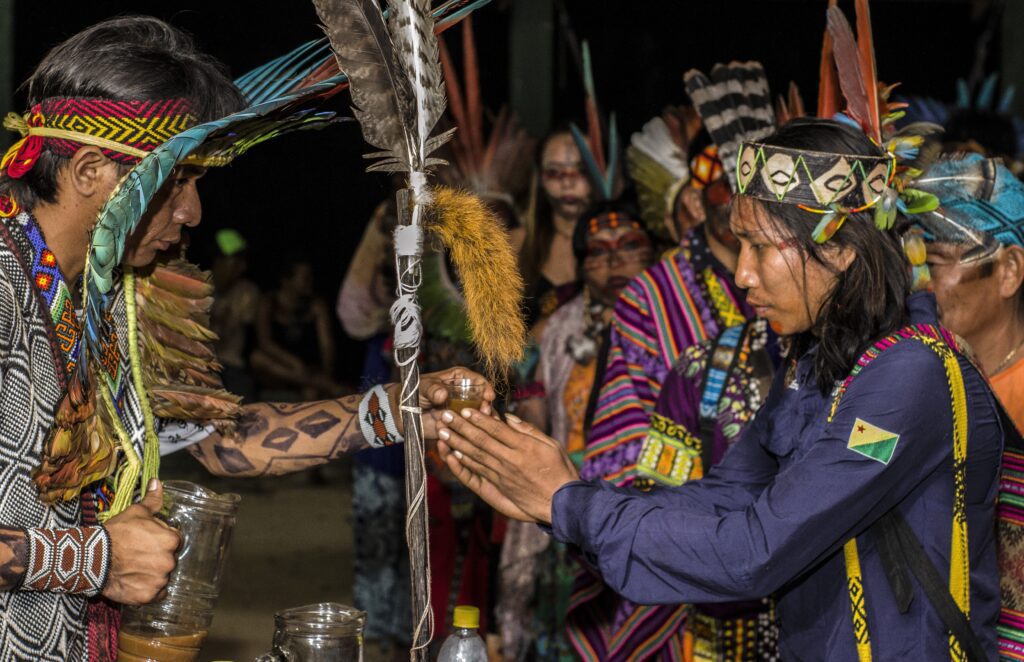

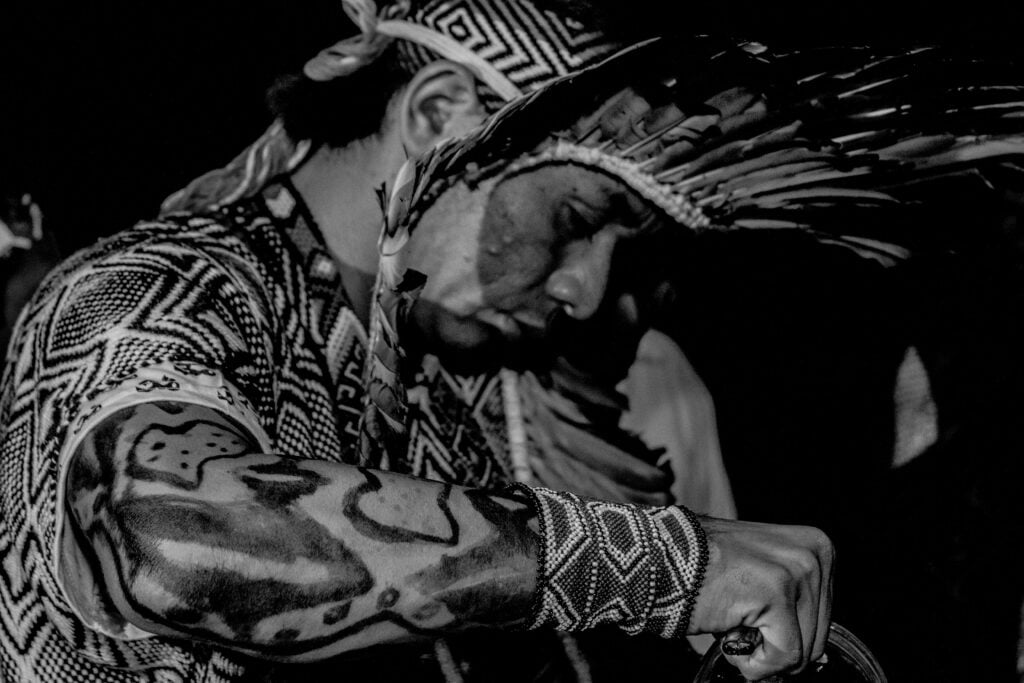

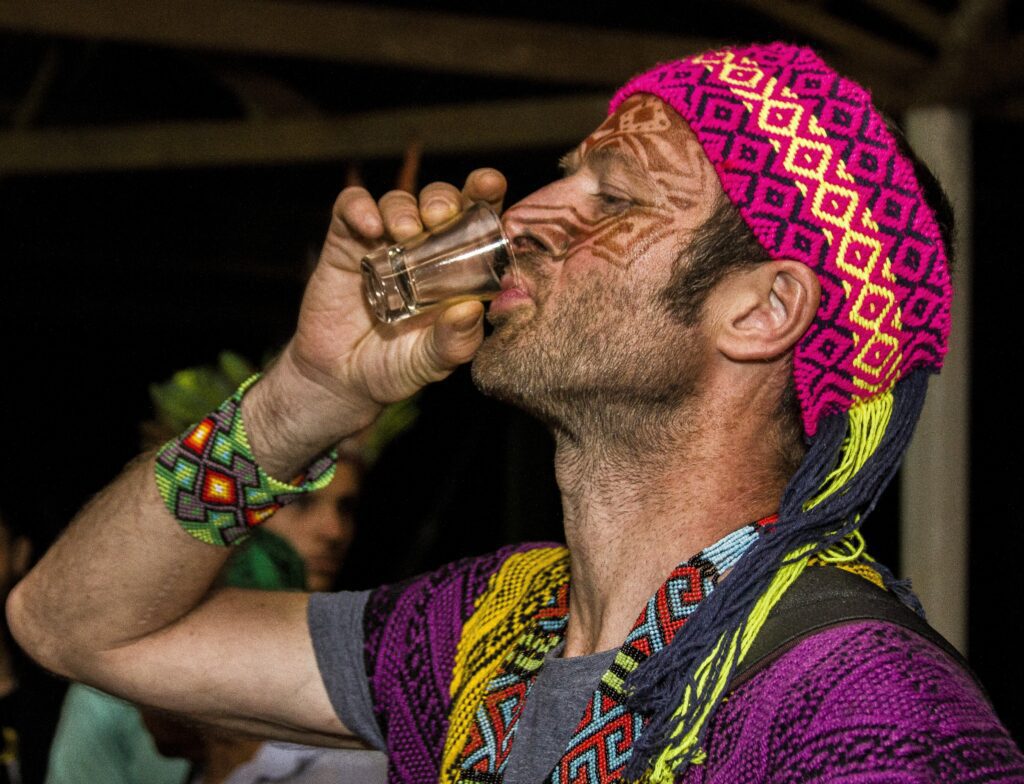

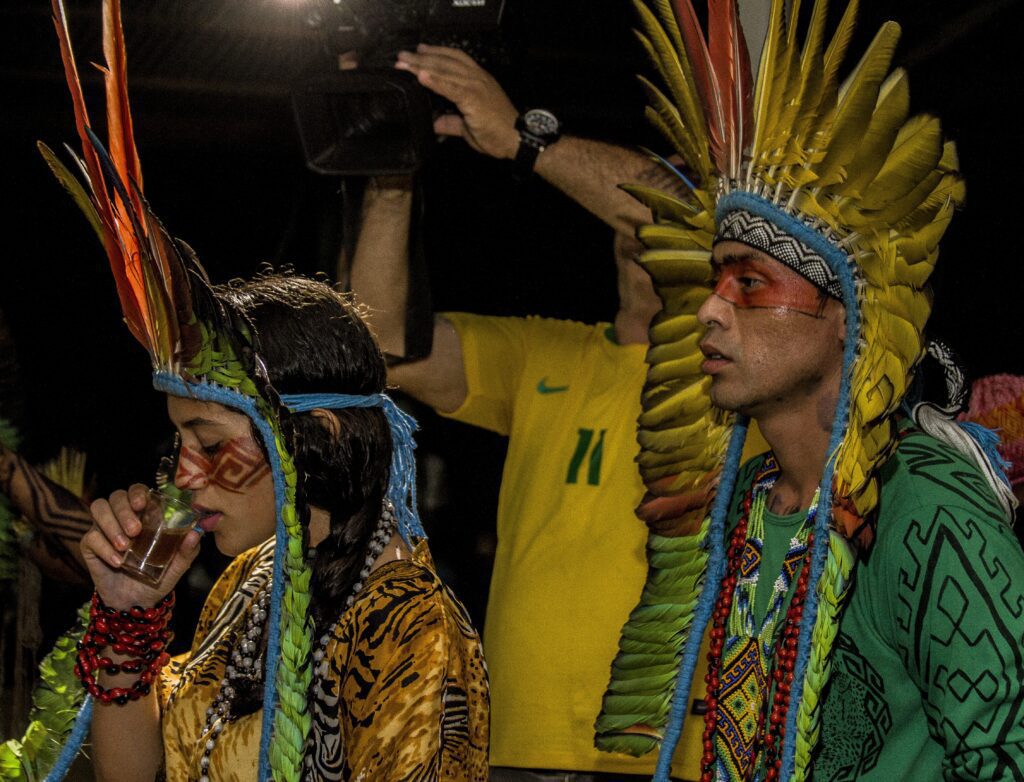

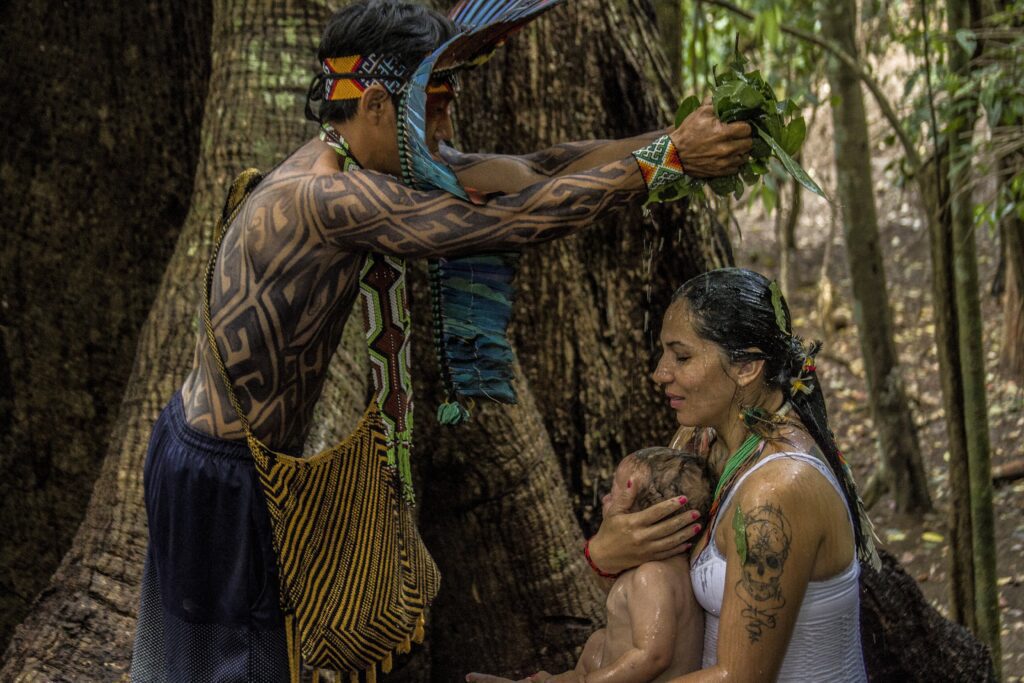

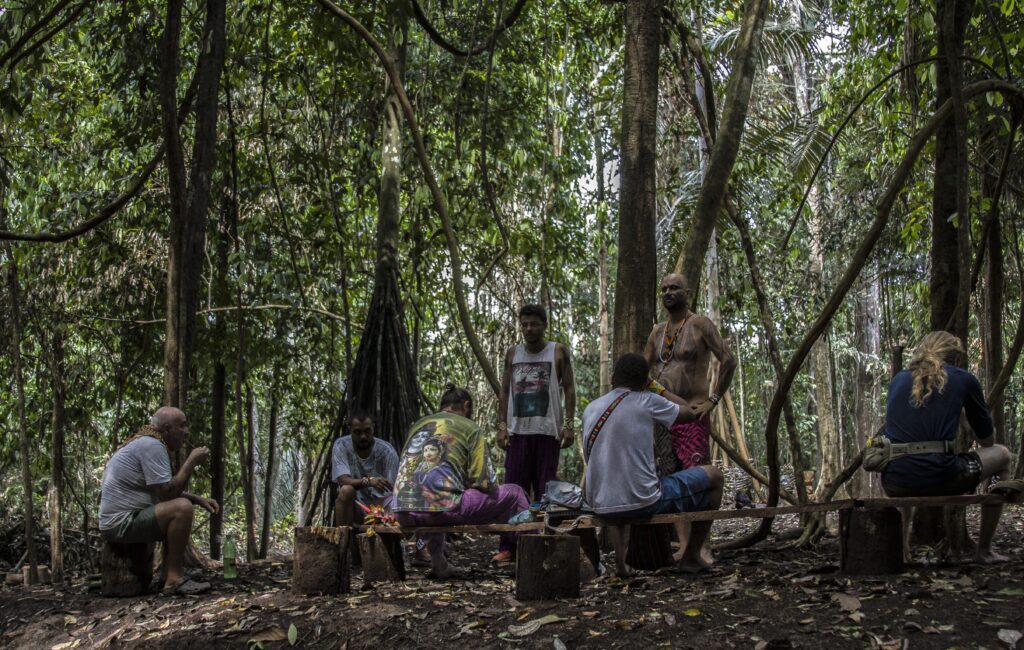

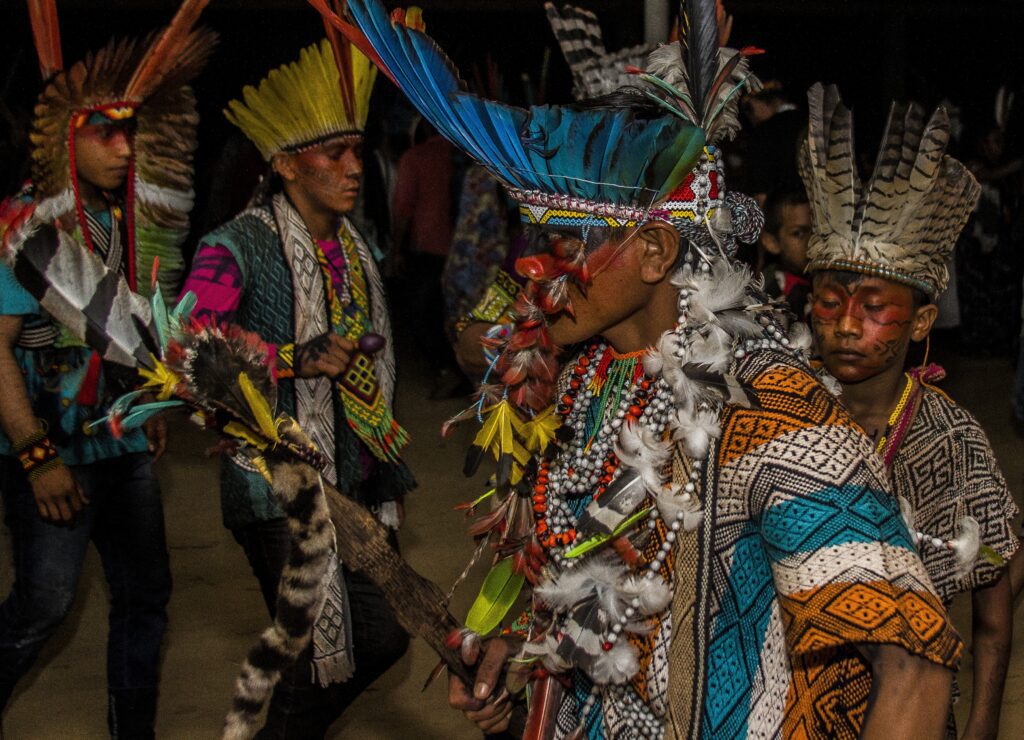

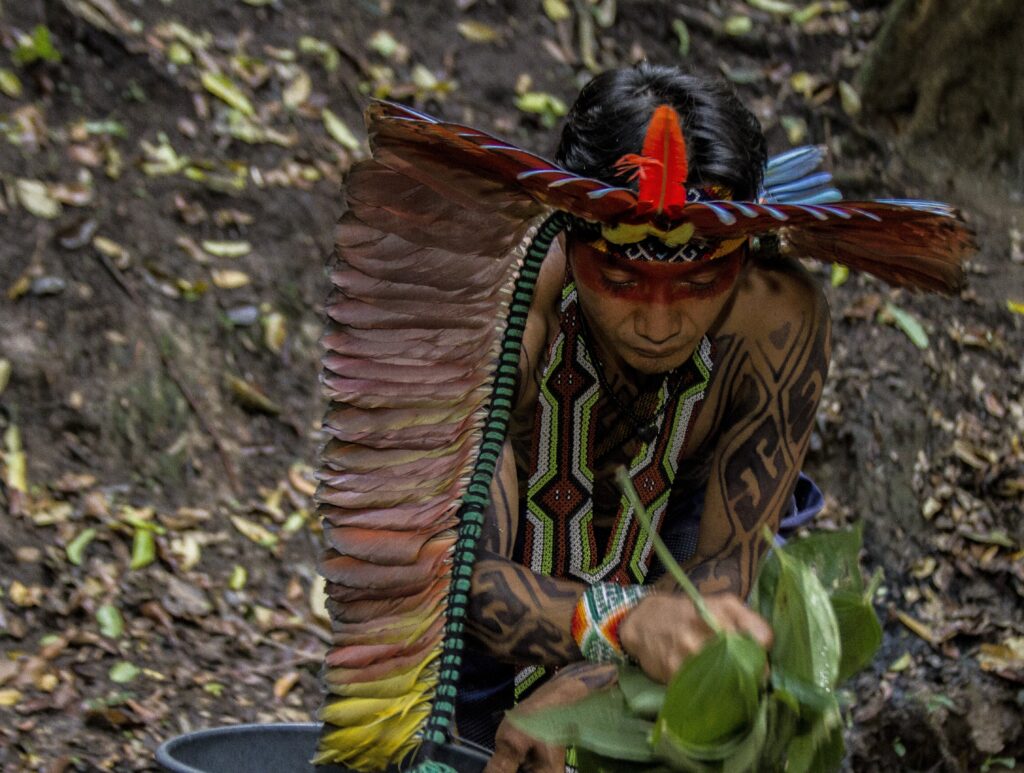

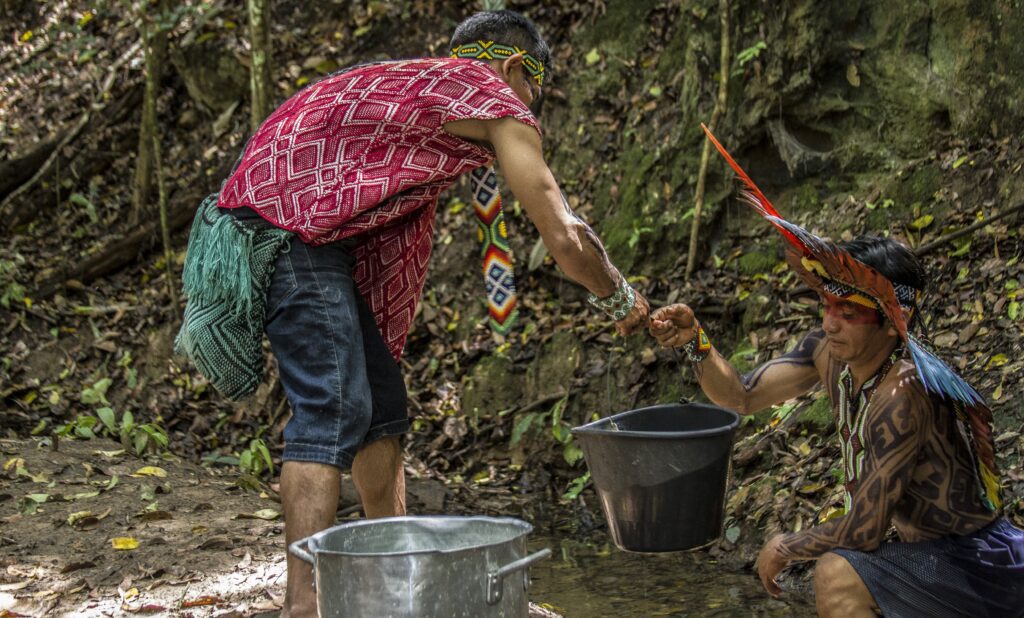

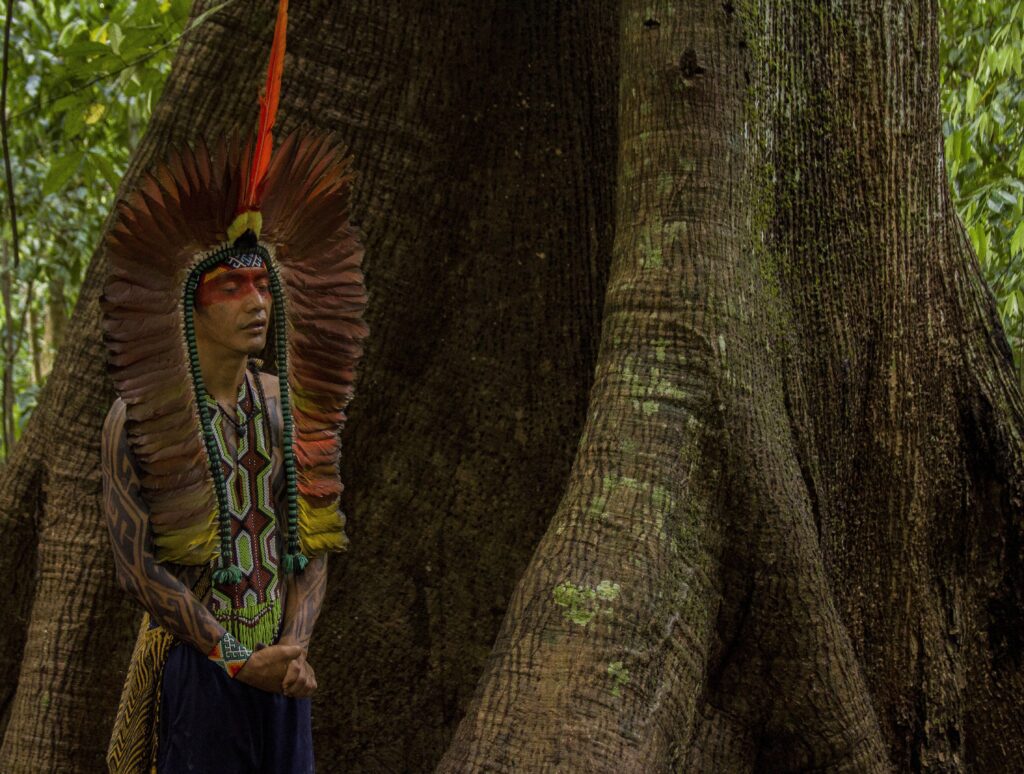

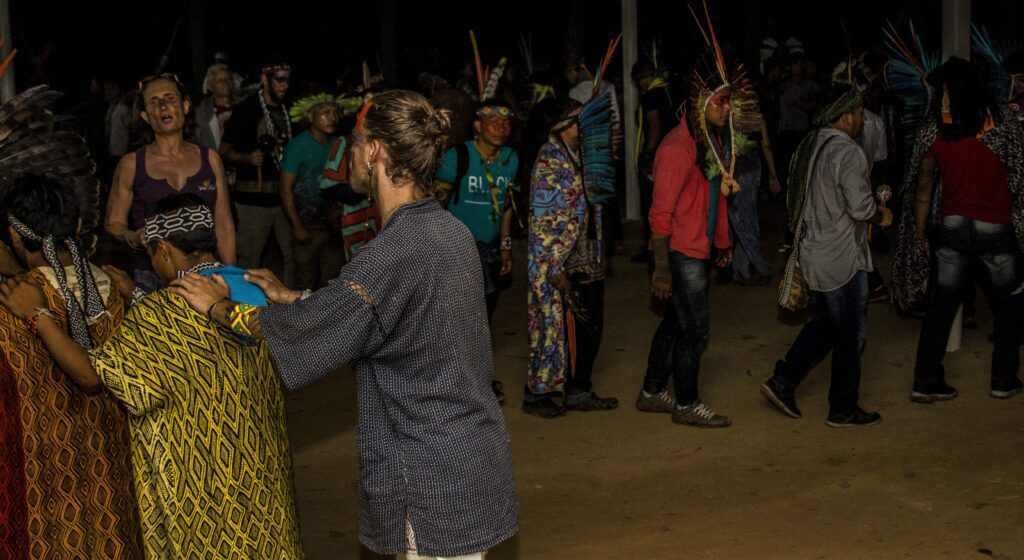

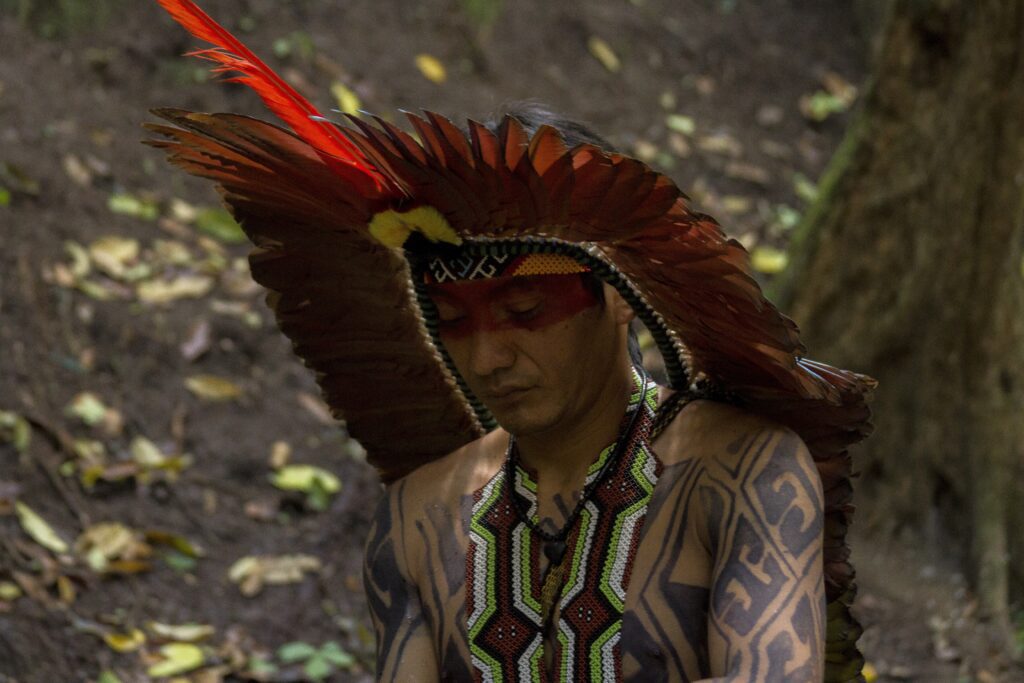

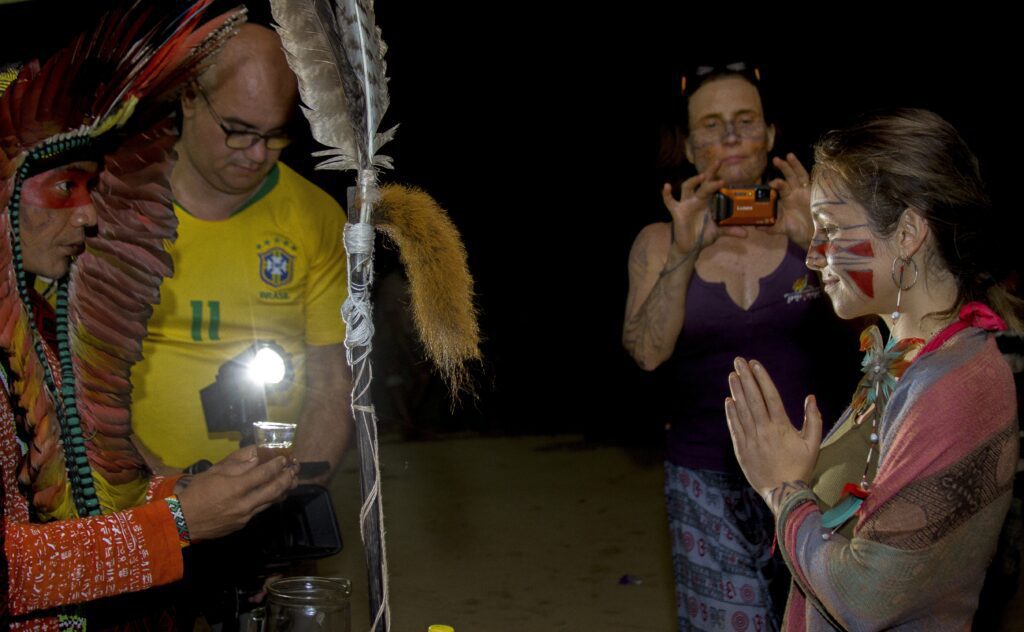

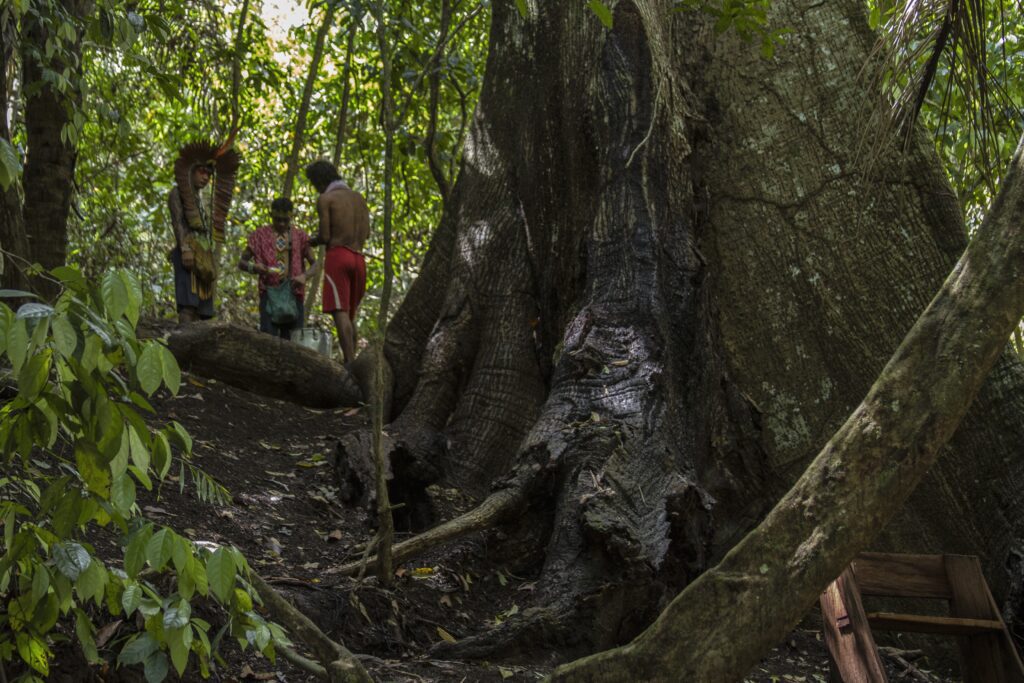

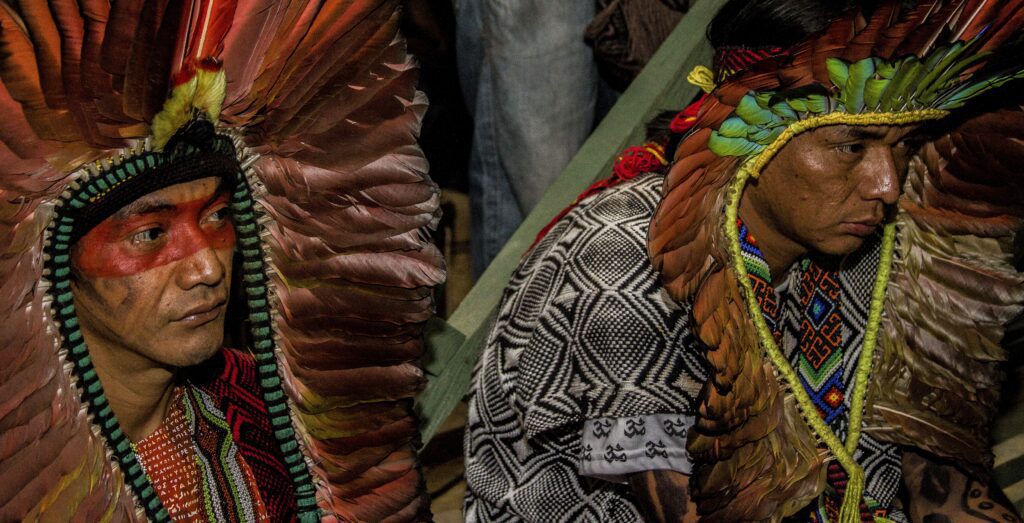

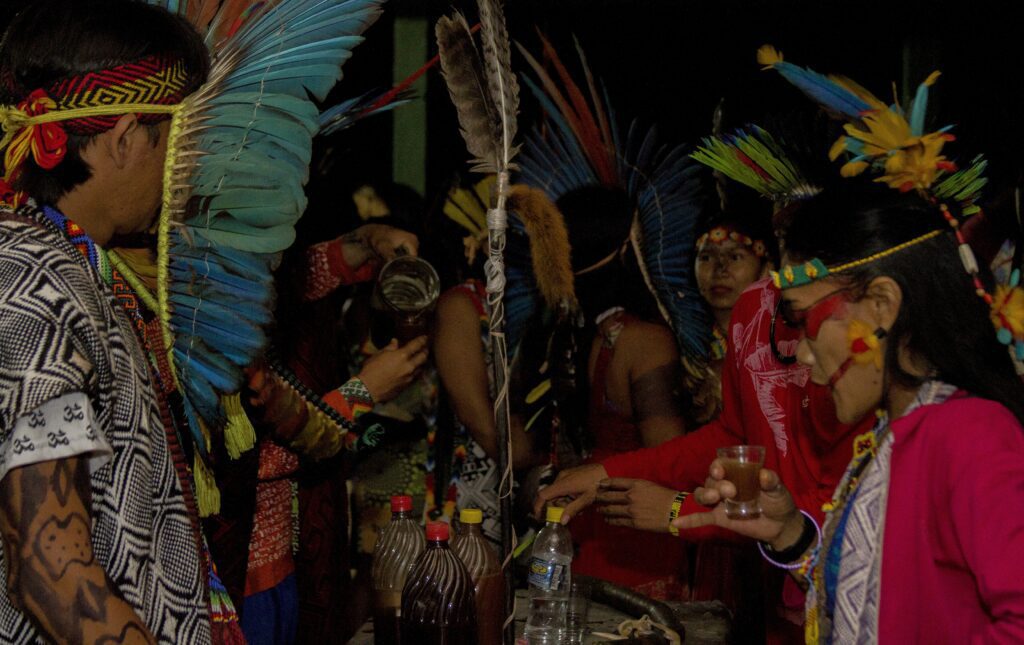

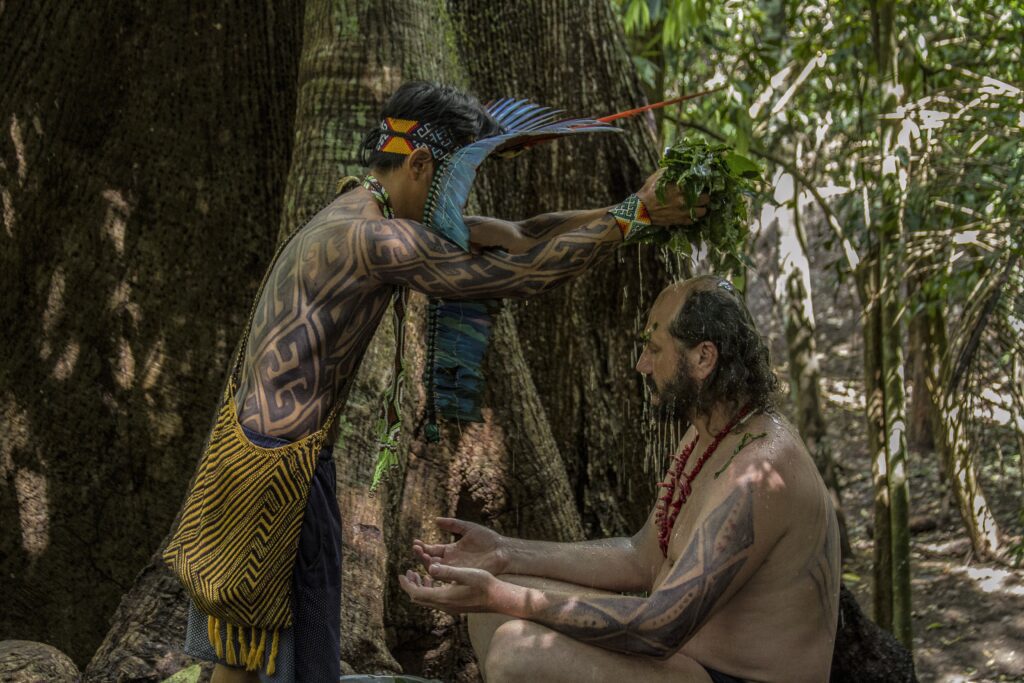

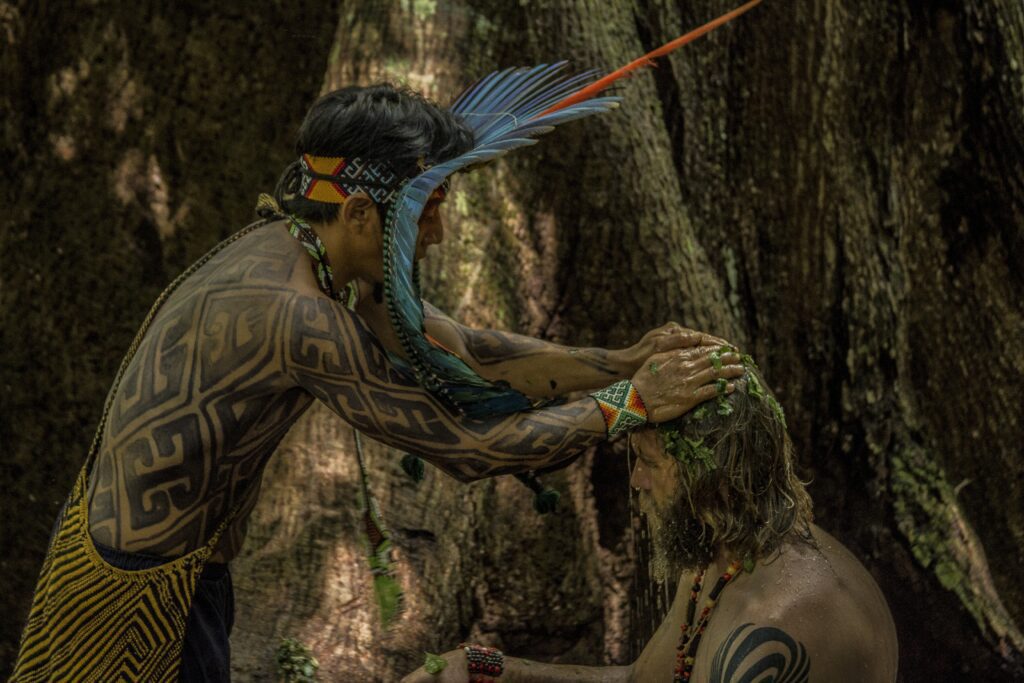

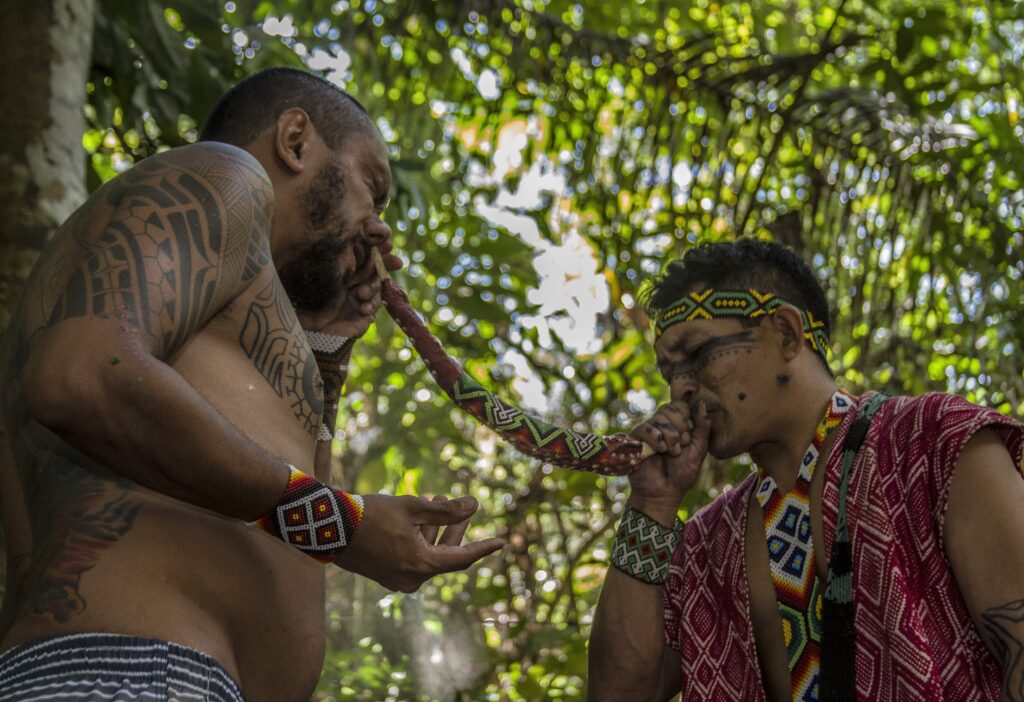

The Kaxinawá make up an indigenous ethnic group located on the Brazil/Peru border, in the states of Acre and southern Amazonas, and in eastern Peru. They speak the “Pano” family language, with slight variations in culture and language among different tribes. Early accounts of encounters with travellers consider the Muru, Humaitá, and Iboiçu rivers, tributaries of the Envira (which in turn is a tributary of the Juruá river), as the origin region of the Kaxinawá. Since the 17th century, colonisers had made incursions into these regions in search of slaves. By the end of the 19th century, invasions became frequent due to rubber exploration, intensifying in the early 20th century, bringing changes in customs, diseases, and consequently, conflicts. Some groups chose over the years to remain secluded in the untouched forest, isolated from contact with the “white man,” while others began to utilize resources such as axes and guns in their daily lives.
Productive activities revolve around hunting, fishing, planting, and harvesting. They grow bananas, cassava, beans, peanuts, and cotton in their fields. Hunting is exclusively performed by men, learned from childhood, and is surrounded by techniques and rituals, such as observing the habits of each type of animal, recognising their tracks, and imitating their sounds. Fishing is done by both men and women, mainly using timbó, a poisonous vine, which when diluted in water, kills the fish and makes them jump to the surface, making it easier to catch them.
Kaxinawá art revolves around Kene Kuin, a drawing style that uses jenipapo ink to adorn community members’ bodies on festive occasions. This type of painting is also applied to everyday objects like baskets and mats.
The Kaxinawá base their shamanic view on the concept of yuxin. They do not see spirituality (yuxin) as something superhuman or supernatural, but incorporated into plants and animals, in short, the nature surrounding them. This spiritual presence permeates every living phenomenon on earth, in water, and in the skies, according to the Kaxinawá conception. The long solitary walks of some elders without the aim of hunting or looking for medicinal herbs, an explanation usually given, show an active search to establish intense contact with “yuxindade.”
